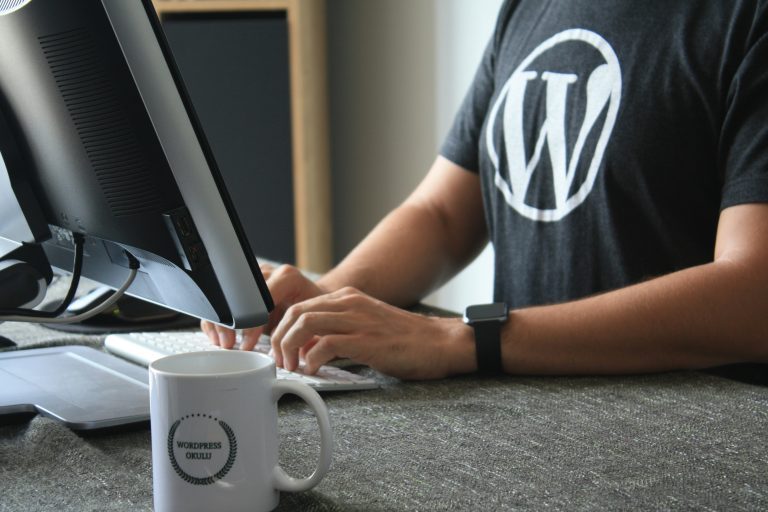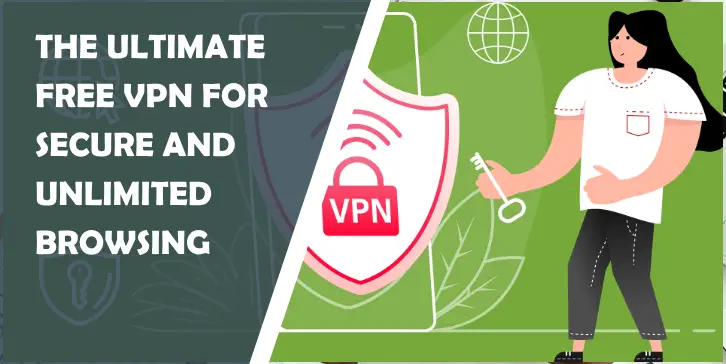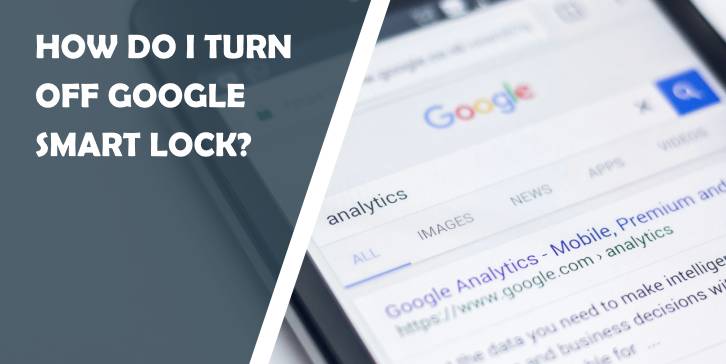Security from unknown sources becomes a significant concern when it comes to handling a WordPress site. If you own a WordPress site, you have that extra responsibility of protecting your website from hackers and other threats.
Besides, WordPress is a powerful CMS platform fused with a variety of themes, plugins, and other features. But you cannot avoid the fact that it is also one of the most hacked platforms all over the web.
Whether you’re a WordPress beginner or an expert webmaster, you have to use the best practices to protect your website against serious threats.
To help you get your job done more comfortably, we have summarized 15 tips categorized under each of the following.
Continue reading to grasp all the essential guidelines!
(a) Fortifying the WordPress Login Page
Tip1. Never Use “Admin” as Your Username

Whether you know or not, the login page of a WordPress site is the primary target for many hackers. They try to sneak into your website by merely guessing your username and password.
To be on the safer side, never use the default username for your WordPress site. Always change your username rather than making it a default one.
If you’ve installed WordPress by using the default credentials, immediately change it through SQL query in PHPMyAdmin. And always remember to use a difficult-to-crack username for additional protection from WordPress hackers.
Tip 2. Always Go for a Strong Password
Your username can be a unique one, but if your password is weak, then a hacker can easily make his way into your site. Sometimes, this can also lead to the destruction of the site’s online visibility.
The solution is simple—make sure that your new password is a combination of alphabets, special characters, and numbers. For instance, blueocean1023! makes a strong password.
If you want to cross-check your password, use Strong Password Generator if you’re unable to pick a secure password for your site.
Also, according to emit.reviews if you change your password at frequent intervals, use strong combinations, it will help to secure your website to the maximum.
Tip3. Use Two-Factor Authentication

Two-Factor Authentication is another powerful way of safeguarding your site from severe brute force attacks. This type of attack is where a hacker continuously uses an unlimited combination of login credentials to get into the website.
Using a two-factor authentication paves the way for the high security of your WordPress site. In this process, a password code and an authorization code is required. Without the correct combination of both, access to your login pages becomes void.
Quick Tip: Install Google Authenticator to add this feature to your WordPress site!
Tip 4. Modify Your Login URL
Changing the URL address of your login page provides extra protection from WordPress hackers. By default, a WordPress site’s login page can be browsed through wp-login.php. Thus, anyone can easily see the main URL of any website. It further makes it easier for hackers to access your login page and break the credentials.
Install the iThemes Security plugin to modify your login URL seamlessly.
Tip 5. Customize to HTTPS

Never forget to customize your WordPress site to HTTPS. It is one of the essential steps to protect your website from hackers and other serious threats. HTTPS systematically encrypts the connection between your browser and the webserver. Thus, your site is safe even when you transfer data from one server to another.
Moreover, WordPress has made it mandatory to include an HTTPS customized in WordPress sites for better ranking in Google search results. This also helps in making your website SEO-friendly and boosts your brand search traffic.
Tip 6. Safe and Secure wp-admin Directory

Safeguarding the wp-admin directory is one of the key methods while aiming for optimum WordPress security. You should never forget that your admin dashboard is one of the main targets of hackers.
Strengthen your admin directory panel with another password. It is different from your login password. Thus, two unique passwords make it impossible for WordPress hackers to grab access to your site.
(b) Boosting the Security of Your WordPress Themes and Plugins
Tip 7. Always Delete Any Unused Themes and Plugins
Never forget to delete all the unutilized themes and plugins from your site’s admin area. Such themes and plugins not only bring down the speed of your website but also make it flexible for security threats.
If you don’t want a particular theme or add-on, delete it instead of updating it all the time. You should get rid of these unwanted themes and plugins from your WordPress admin dashboard to boost your site’s security.
Tip 8. Update Installed Themes and Plugins

Updating your installed and regularly used themes and plugins adds more protection to your WordPress site. This, in turn, keeps hackers at bay while continuously adding various protected features to your site.
Always update the installed themes and plugins to their respective latest versions. You can also set an automatic update in your settings to effortlessly keep all your installed themes and plugins updated without manual intervention all the time. It is just like giving an automatic update setting for all our mobile apps!
Tip 9. Do Not Download Premium Plugins for Free
Getting something free of cost might sound attractive and budget-friendly. But such concepts can mostly be a net of scam from WordPress hackers looking for a chance to seep through your site.
Instead of downloading premium plugins for free, you can purchase them from their official sites. Accessing plugins from unreliable sources is a wrong approach for many, especially WordPress site owners.
The only strong exception is the WordPress plugin repository. Where all plugins are free, also checked so that they do not contain malicious code or other threats.
If you go for premium plugins, make sure the source of your premium downloads is registered, scam-free, reliable, and mostly, copyrighted to the latest year.
(c) Adding More Strength to Database Security
Tip 10. Change Your WordPress Site’s Table Prefix

This trick might be quite complicated but is one of the most powerful ways to add more strength to your WordPress site. Change your WordPress site’s default table prefix to something better and reliable prevents your site from dangerous threats.
A customized table prefix makes it an impossible guess for hackers who are always on the lookout for a point of entry into your site.
For instance, $table-prefix = ‘wp_‘; is your default prefix.
Change it to something more unique and strong like, $table-prefix = ‘wp_H89KD!“.
Tip 11. Always Remember to Backup and Regularly Update Your Site
Never stay relaxed just because your site is secured. It is still advisable to maintain a regular backup and update for your website.
Use VaultPress, BackWPUp, or BackUpWordPress to keep your WordPress streamlined with regular backup and updates.
(d) Safeguarding Your WordPress Hosting Environment
Tip 12. Choose the Most Reliable Web Hosting Services

Always choose a reliable web hosting services provider to boost the overall security of your WordPress site.
If you opt for shared hosting, then be sure to choose Kinsta, SiteGround, or BlueHost. These providers have prerequisite security-driven packages and reliable web hosting solutions.
Tip 13. Add an Extra Line of Safety for Your wp-config.php File
The wp-config.php file in your WordPress database has all the essential information related to your site. Since it is one of the most important files of your WordPress site, coat an extra line of safety to safeguard from hackers.
Here’s a quick tip to protect your wp-config.php file.
Add the following code to your .htaccess file:
<files wp-config.php>
order allow,deny
deny from all
</files>
Tip 14. Disable Your Directory Listings

Always remember not to put your index.html file in any new directory of your WordPress site. If you do so, visitors can easily access your complete directory listing available in the particular directory concerned. To stay on the safer side, always disable your directory listings with the .htaccess file.
Tip 15. Tactfully Change the Your Site’s Directory Permissions
Being a WordPress site owner, you cannot risk your reputation by adding invalid directory permissions. Especially if WordPress secures your shared web hosting environment.
The solution would be to change your directory permissions to ‘755‘ tactfully. Also, remember to set your files to ‘644‘ to protect your entire file system.
You can also check any suspicious sms you get which may try to hack your website details on Short Codes here.





Comments are closed.